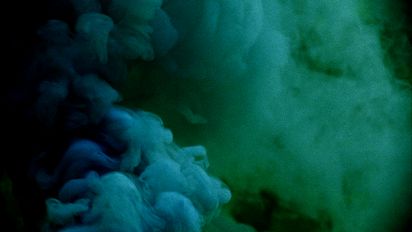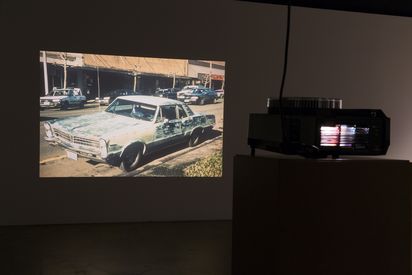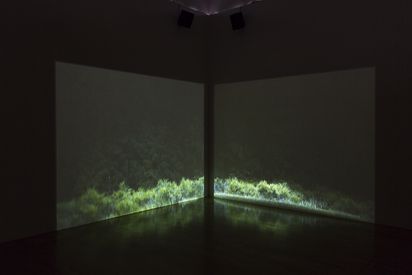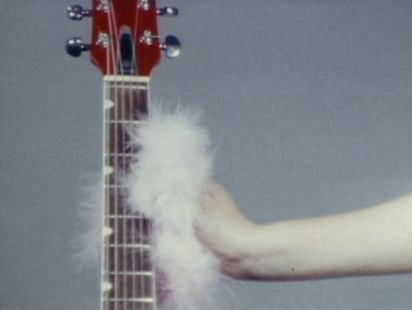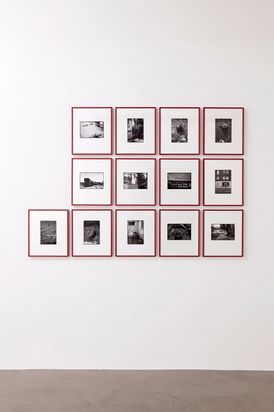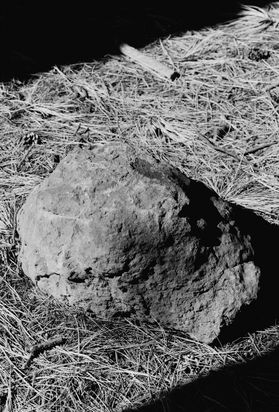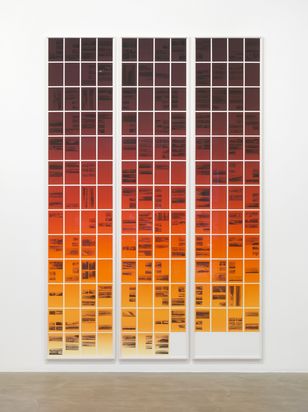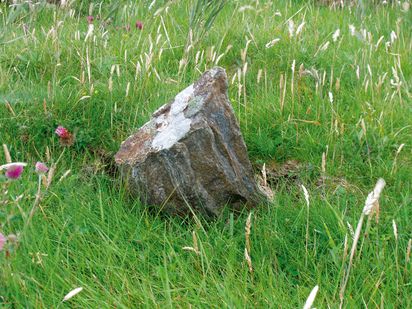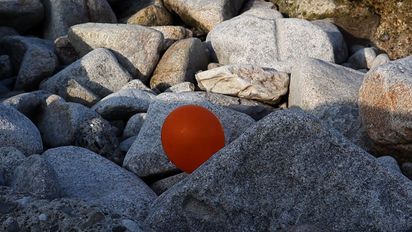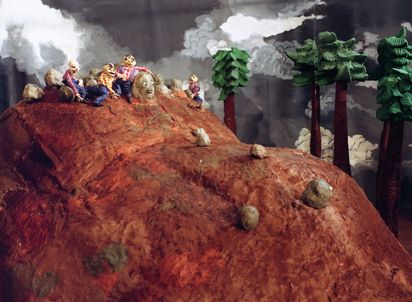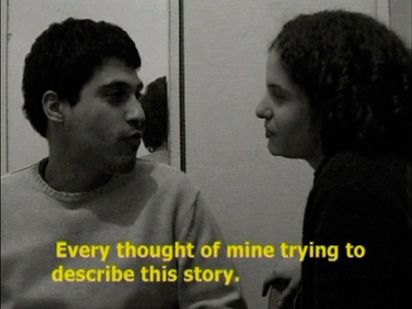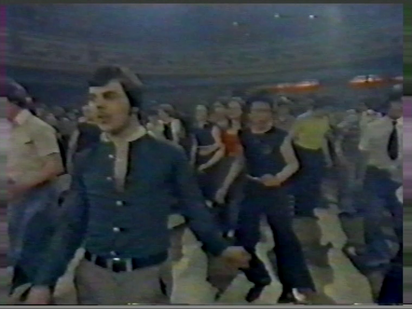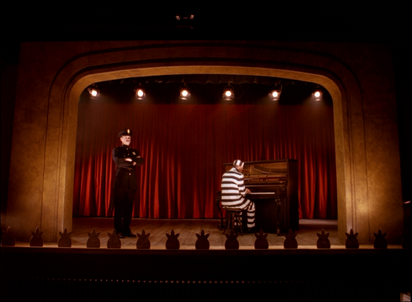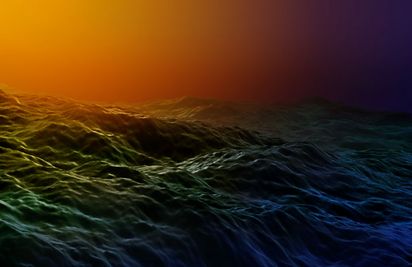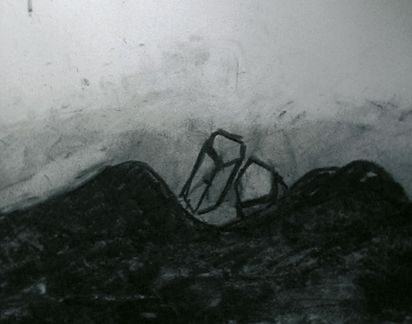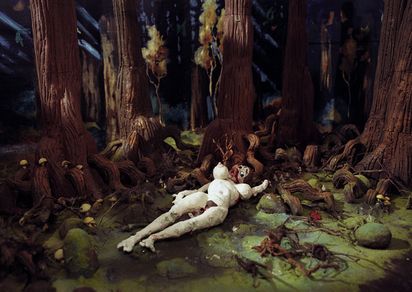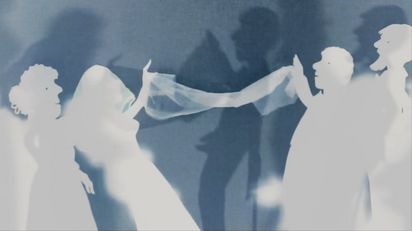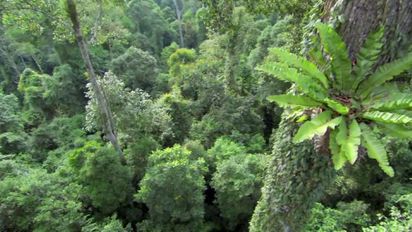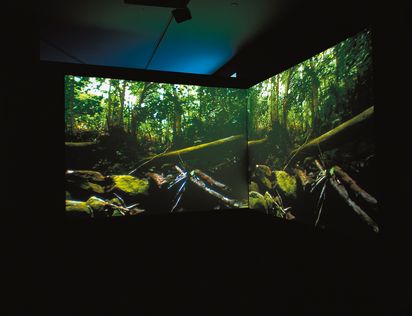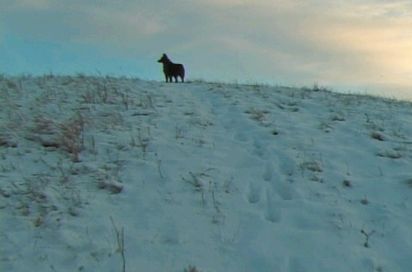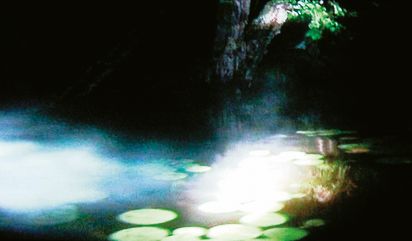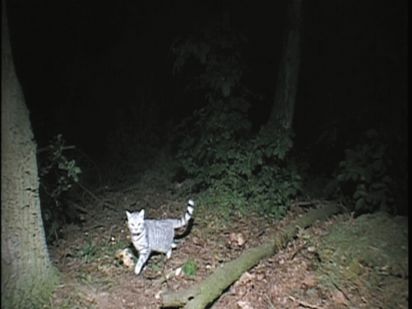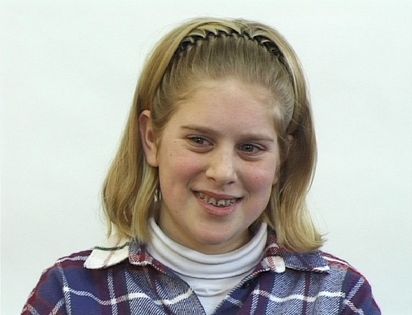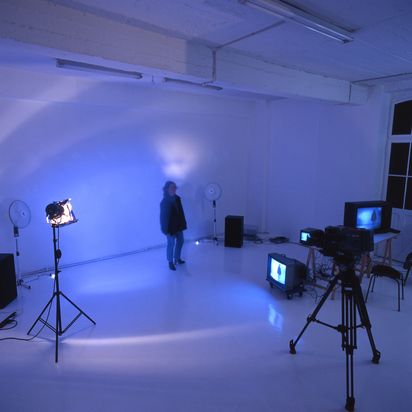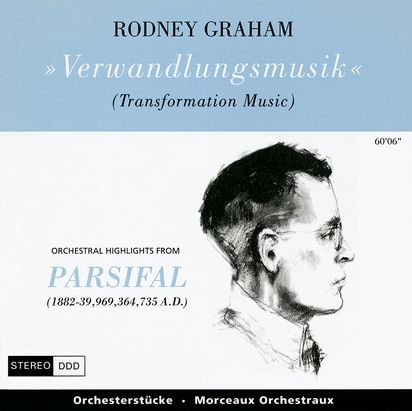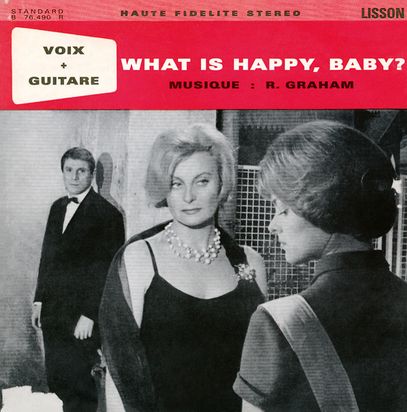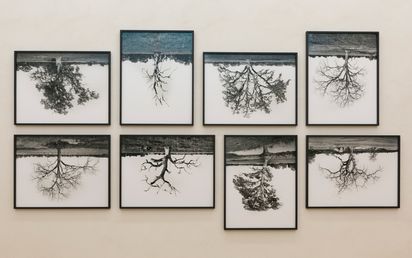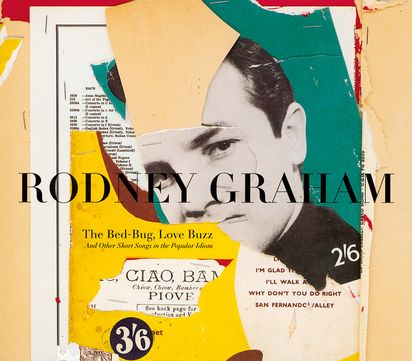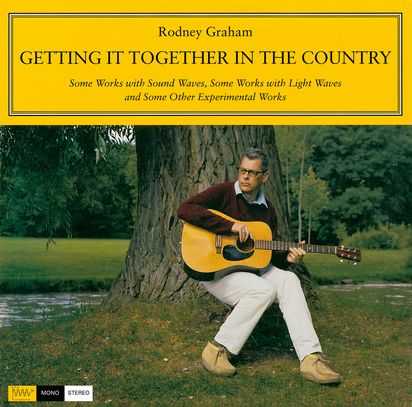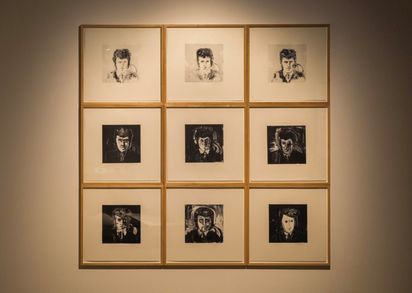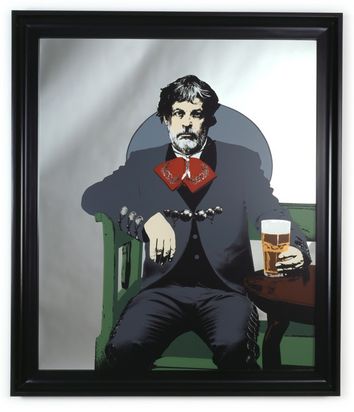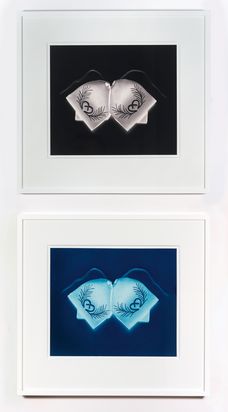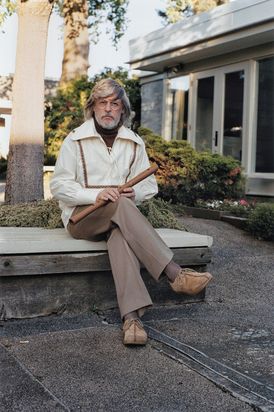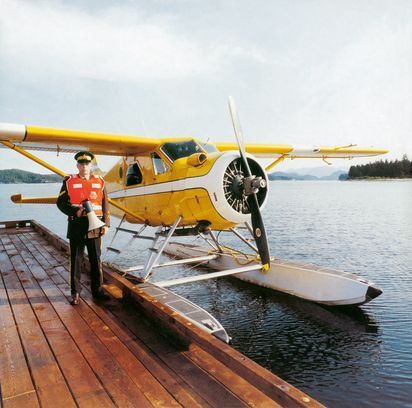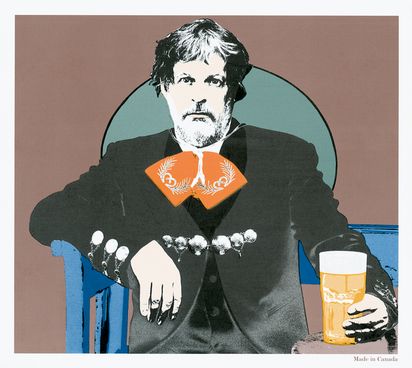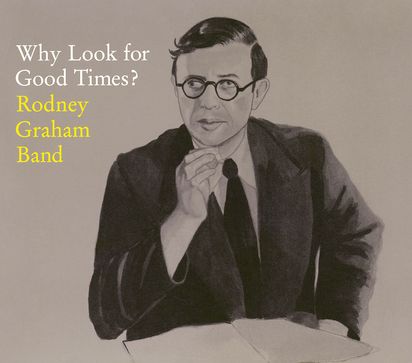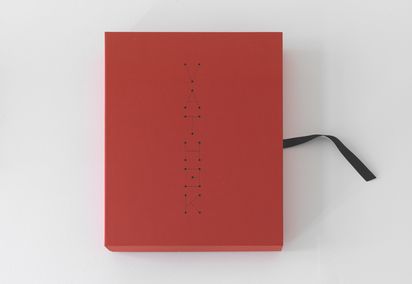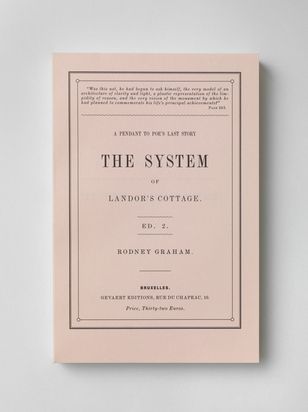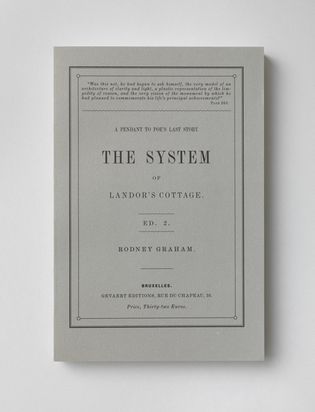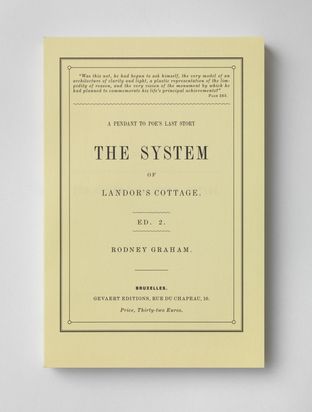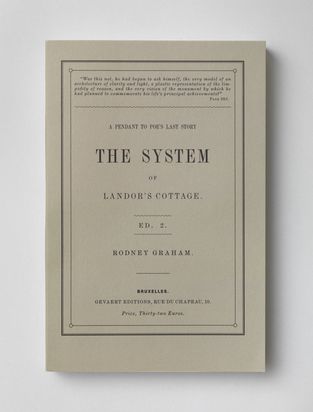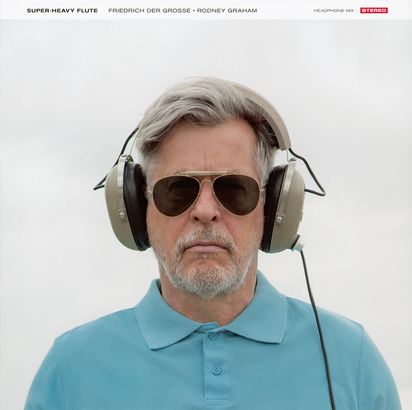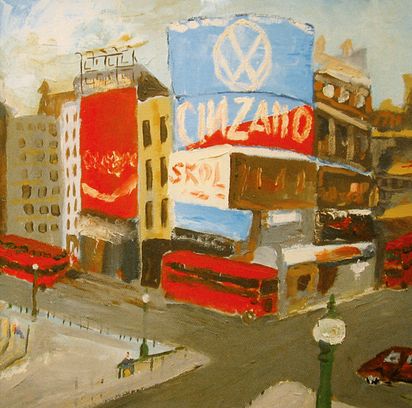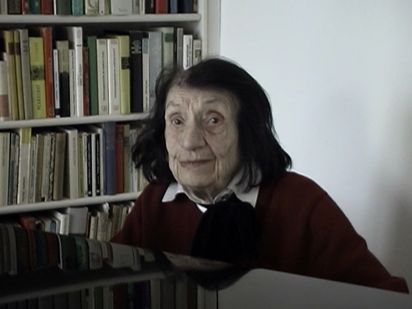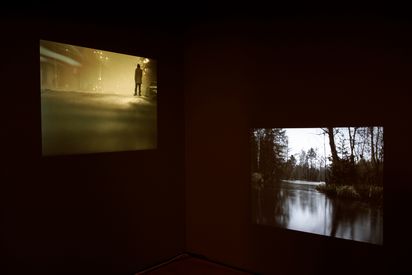Québec on an ice-cold day in February 2004. For a last time, the artist Christoph Brech looks out onto the St. Lawrence River from the large panoramic window of the private villa, where he has been a guest for five days. From the start of his stay in the Canadian city, Brech has been fascinated by the natural spectacle that unfolds before his eyes every day. Outside, where the temperature is -32 degrees, enormous container ships plow heavily through the ice-covered river. Brech would have loved to have capture these breathtaking scenes with his film camera, the time for this never seemed quite right.
As luck would have it, on the day of his departure, from the villa window, Brech could see an icebreaker and a cargo ship approaching it from a distance. He quickly set up his camera. The first rays of sun broke through the fog on the St. Lawrence River at this early morning hour as a harbinger of the start of a new day. During the night, the ice floes had clustered together to form a bizarre landscape, which, illuminated by the early morning light, conveyed a mystically sublime atmosphere reminiscent of that in a Caspar David Friedrich painting.
Brech captured this magnificent moment in his film Break, which begins with a close-up of the scene, one that might also an abstract painting by Mark Rothko. The icebreaker slowly battles its way through the frozen river and digs a fairway in the ice through which a large black cargo ship majestically glides just minutes later. The cinematic sequence is accompanied by the sounds of a rising and falling, muffled rumble, which do not come from the breaking ice or the ships’ engines.
Rather, for this, Brech selected a short passage from Richard Wagner’s opera Das Rheingold, slowed it down and played it backwards (We recommend headphones for a better sound experience!). The famous opera, which forms the prelude to Wagner’s monumental epic The Ring of the Nibelung, is about a mysterious gold treasure guarded by the three Rhinemaidens at the deepest and coldest point of the river. A golden shimmer on the water’s surface alludes to the treasure in the depths. It also attracts the evil dwarf Alberich, who uses a trick to steal the gold from the Rhinemaidens. The drama of The Ring of the Nibelung unfolds with Alberich’s avaricious and usurping action. One need not know any of this to be fascinated by Brech’s sublime work. But the forcible penetration of the icebreaker into nature, the rising steam from the warmer water exposed by it and that subsequently mixes with the smoke from the ships’ funnels and the ice-cold morning air, can also be interpreted as a powerful gesture of human action and expansionist efforts. After all, the St. Lawrence River, on which goods are transported from one continent to another, is busiest inland waterway on earth.
With his film Break, the artist has created a short drama that oscillates between naturalism and abstraction. It suggests the artist’s roots in painting as well as his love of nature. After training as a landscape gardener, Brech studied painting and graphic art at the Academy of Fine Arts in Munich. In the late 1990s, video became his primary artistic medium, although his art includes photographs, installations, art projects and art in public spaced. His work, in which music often plays a central role, is marked by his exploration of the perception of time and space.

